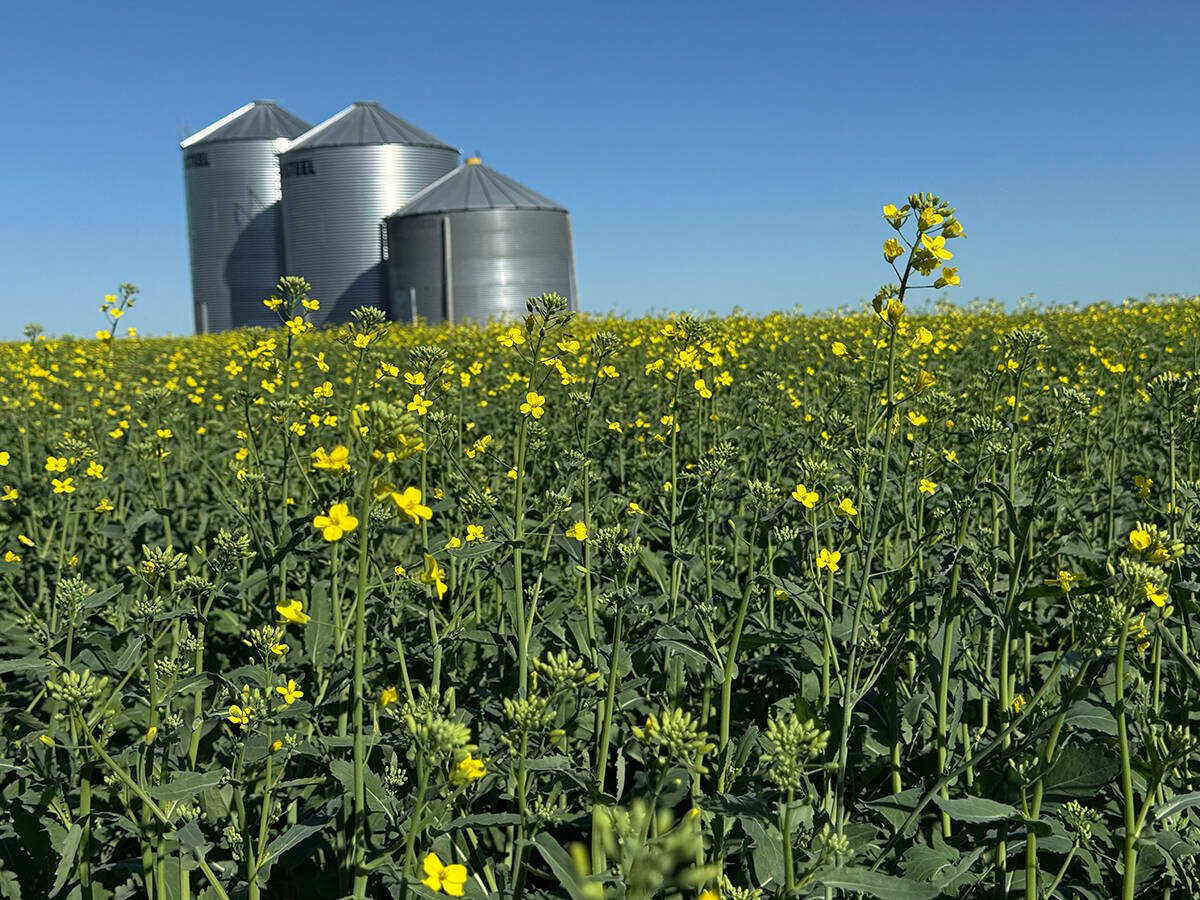A few years ago one futurist declared that the hog cycle was dead.
If he was correct, hog producers are living through a resurrection, because hog prices appear to be following the same predictable four-year pattern they showed through most of the 20th century.
But the flip side of the hog cycle has changed dramatically and that has drawn the attention of John Carney.
“We currently have about a quarter of the volatility in (North American) hog production that we used to have,” said Carney, vice-president in charge of live hog procurement for Maple Leaf Foods.
Read Also

Fund sell-off another bearish signal for canola
Funds turned bearish during the past week as they moved to a net short position in all grains and oilseed futures contracts.
“That’s how dramatic that change in production has become.”
Two charts can tell the story. One that shows hog prices since 1970 reveals huge price swings that occur with peaks and troughs falling about four years apart. The price swings in the past 10 years appear to have about the same peaks and valleys as the ones in the early 1970s.
And they continue to occur almost exactly opposite the peaks and troughs of the other chart that follows hog slaughter. That makes sense in supply and demand terms with reduced production supporting prices and rising production pressuring prices lower.
“What we used to see is an increase in production in response to high prices, followed by a glut of hogs and a period of low prices,” said Carney.
At one point in 2004, the production and price swings uncharacteristically moved upward together during a period in which market analysts said there was an unusual surge in meat consumption.
But over the 37 year period revealed in the charts, the swings in production have become much smaller, to the point where the number of hogs being slaughtered rises and declines less than five percent from the median. Looking at the chart from far enough back, the production swings since 2000 almost look like a flat line.
“What we are seeing is a different industry,” said Carney.
Because most North American production now is done by large, capital-intensive operations, the old pattern has disappeared where producers abandoned hog production for a year or two during down periods and rapidly increased production in high-price periods.
Hog barn owners can no longer afford to jump in and out.
“Economically, you cannot afford to leave those units empty, and so (owners) will put hogs in the barns,” said Carney.
There is still a small increase and decrease in production that follows the old four year pattern, and that is enough to cause the huge price swings that farmers have learned to loathe and love.
But it now takes much less of a production change to provoke a large price change.















